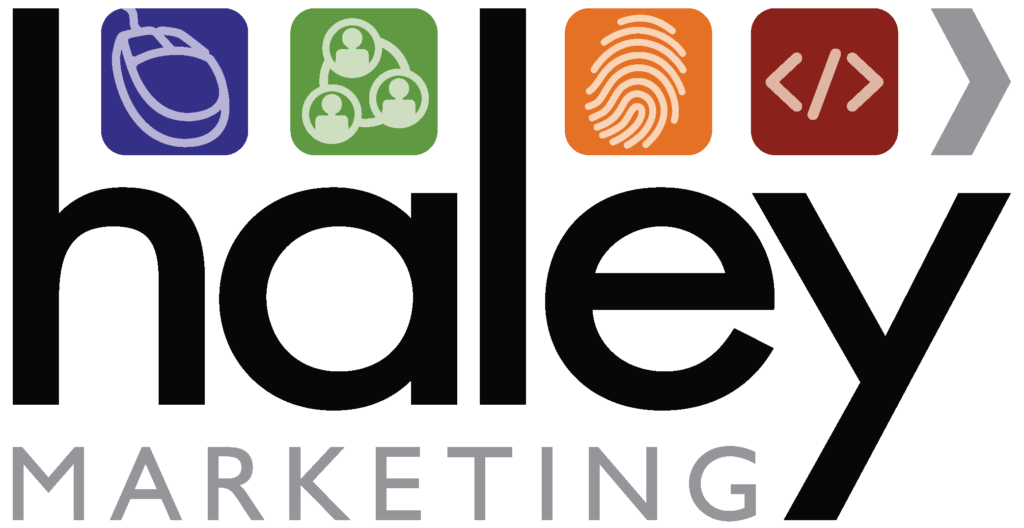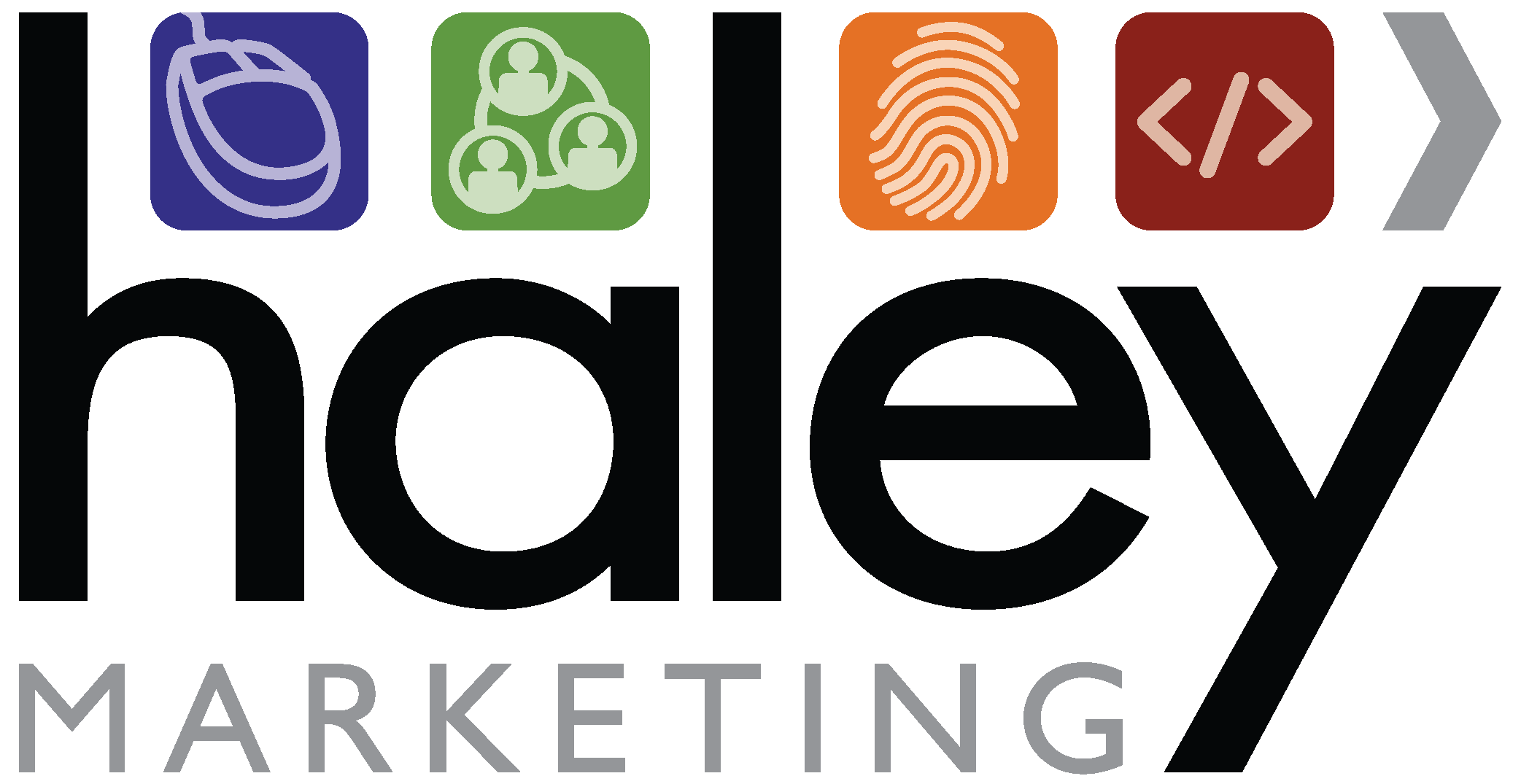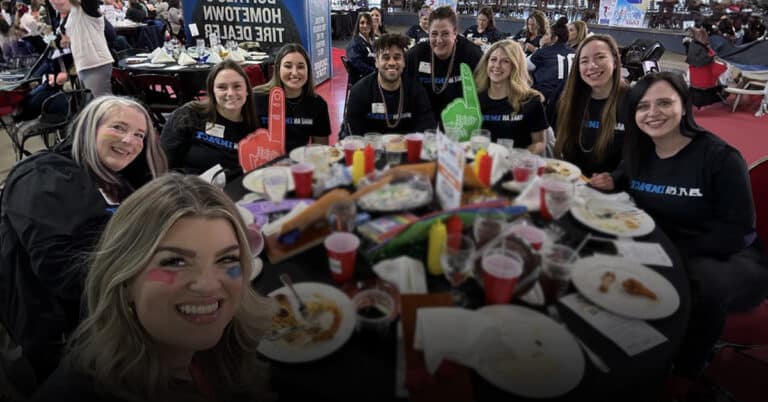Facebook advertising provides a multitude of options for businesses to meet their goals. As of this blog post, when creating a new Facebook advertising campaign there are 10 unique options for marketing objectives.
Today, we are going to look at two of those options through data compiled from our award-winning Social Pro program. We are going to dig deeper into the Engagement marketing objective and the Traffic marketing objective.
Why These Two Objectives?
In our Social Pro program, where we completely manage social media for recruiters and staffing agencies, we are continually evolving the program to provide the best results for our clients. Almost two years ago, we started to see a significant decrease in the amount of traffic from Facebook pages back to staffing agencies’ websites.
The organic reach of Facebook content continues to decrease. Fewer people are seeing your company’s Facebook updates. If fewer people are seeing your content, then we need to pivot the strategy and incorporate paid advertising into the social media plan. It’s affordable. It’s effective. It’s necessary.
With Facebook posts, there are two easy ways to use advertising money on content from your website to reach more people – Engagement and Traffic.
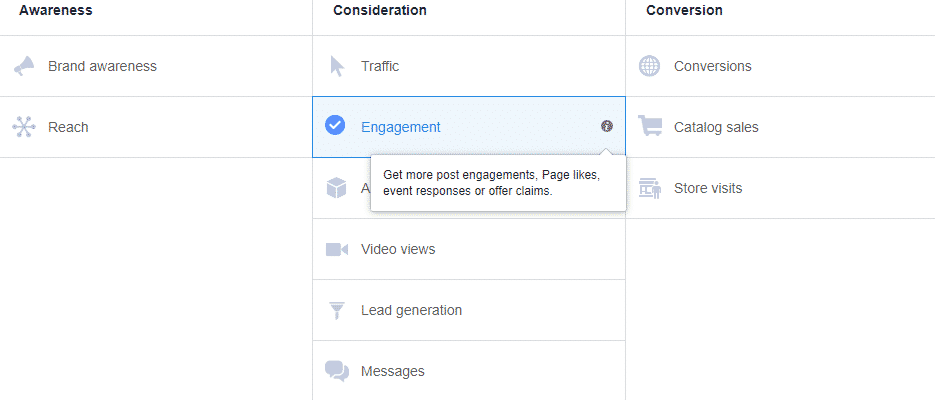
|
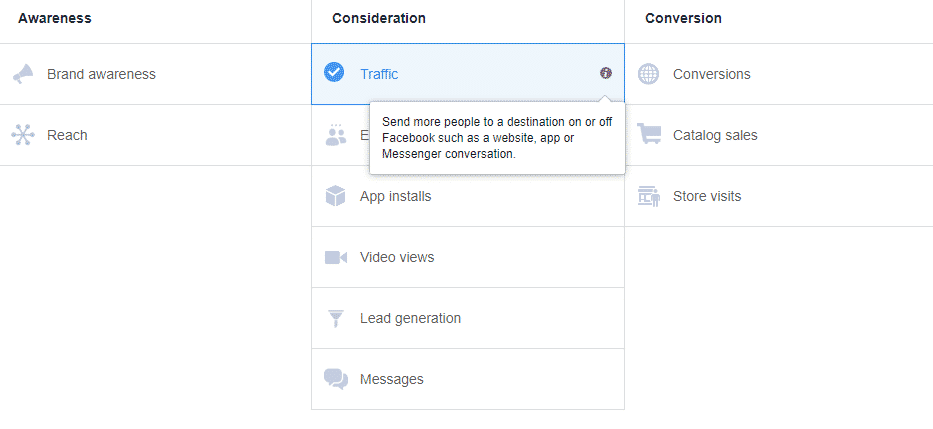
|
Engagement is the traditional “boosting” of the post. The goal of this marketing objective is to increase reach but also to get more likes and reactions to your post.
Traffic is taking the URL from a piece of content your staffing agency’s website and using it to drive traffic back to the website. You may have heard to it referred to as a “dark post” or a Facebook advertisement.
The content we typically promote for staffing agencies are blog posts and job postings. Blog posts position your company as a thought leader while job postings drive candidate applications.
Why Are We Analyzing?
The amount of data available to digital marketers can be overwhelming. Keeping it organized and thinking about different ways to analyze the data can lead to better decisions.
For our Social Pro clients, we have been boosting and promoting their content for a number of months. With that data, it was time to take a step and look at the results.
Should we be doing something differently? What are we going to learn from the data? How will it help us educate our clients and our Haley Marketing Group employees to make better decisions?<
What Should We Expect?
When selecting a marketing objective, Facebook explains what each objective is designed to accomplish.
For the Engagement marketing objective, Facebook says it will “Get more people to see and engage with your post or Page. Engagement can include comments, shares, likes, event responses and offer claims.”
The Traffic marketing objective is a little different. Facebook says it will “Send more people to a destination on or off Facebook such as a website, app or Messenger conversation.”
Interpretation: Engagement will get more likes and reactions while Traffic will drive more people to your website. How does Facebook do this? Facebook’s algorithm knows which people in your target audience are more likely to press the Like button or are more likely to click on the content.
What Did We Find?
Looking at nearly 500 pieces of content (483 to be exact), here were the averages per post:
| Boosted Content (Engagement) | Promoted Content (Traffic) |
| 36 clicks | 58.9 clicks |
| 1303.7 impressions | 3565.5 impressions |
| 28 engagements | 3 engagements |
The data is showing exactly what Facebook said it would do.
Boosted Content (with the goal of engagement) is driving 25 more engagements per post than the Promoted content. But Promoted Content is driving nearly 23 more clicks per post than the Boosted content.
One thing that I really found interesting, the amount of impressions for the Promoted content was nearly 3X higher than for the Boosted content.
What’s the Takeaway?
For these two marketing objectives, Facebook delivered exactly the way we expected them to. The Engagement marketing objective brought significantly more likes and reactions while the Traffic marketing objective brought significantly more clicks to the website.
The answer is that both types of content should be incorporated into your Facebook strategy. There is a time your content should be pushing people back to your staffing agency’s website (think Job Posts and blogs). There is a time your content should be looking for engagements (think videos and Job Fairs).
What I DON’T want you to do in the future is just to click boost. Create a plan for your social media strategy. Determine how many posts are going to be organic and how many posts are going to receive paid advertisement. Collect enough data to make informed decisions moving forward. Adjust as necessary and see the results improve!
Need Help? That’s What We Are For
If you are looking for help with your social media management, paid advertising campaigns or any marketing tactic to help your staffing agency meet its business goal, contact the Haley Marketing Group. Our team of experts is ready to help!
